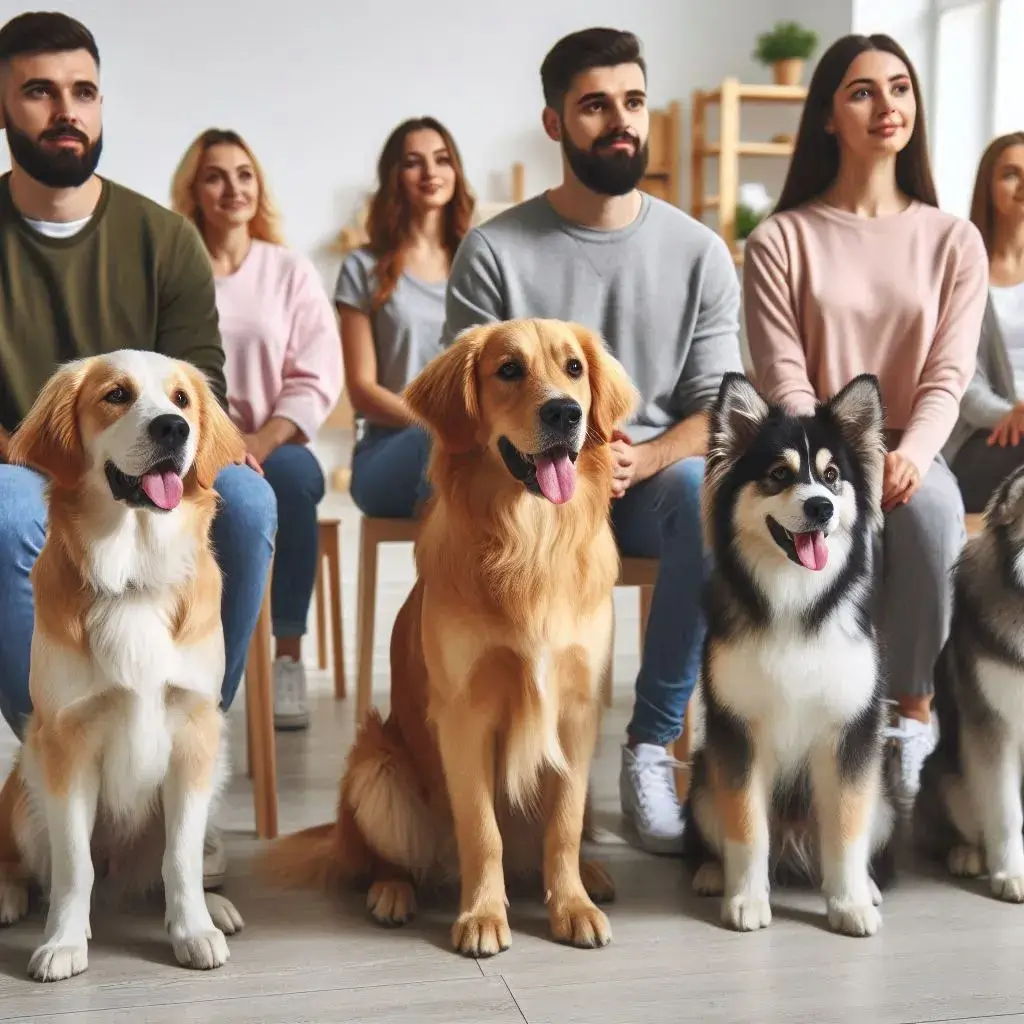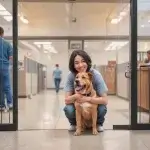Training a dog is a vital part of responsible pet ownership. While many owners opt for private training sessions or attempt to train their dogs themselves, group dog training classes offer unique advantages that are often overlooked. These classes not only help with obedience and behavior but also provide a range of additional benefits for both dogs and their owners. This article will explore the many benefits of group dog training classes, shedding light on why they are an excellent option for anyone looking to train their canine companion.
Why Choose Group Dog Training Classes?
Group dog training classes offer a structured environment where dogs can learn alongside other dogs, providing a unique learning experience that is difficult to replicate in private or home training sessions. Here are some of the primary reasons to consider group classes:
Enhanced Socialization
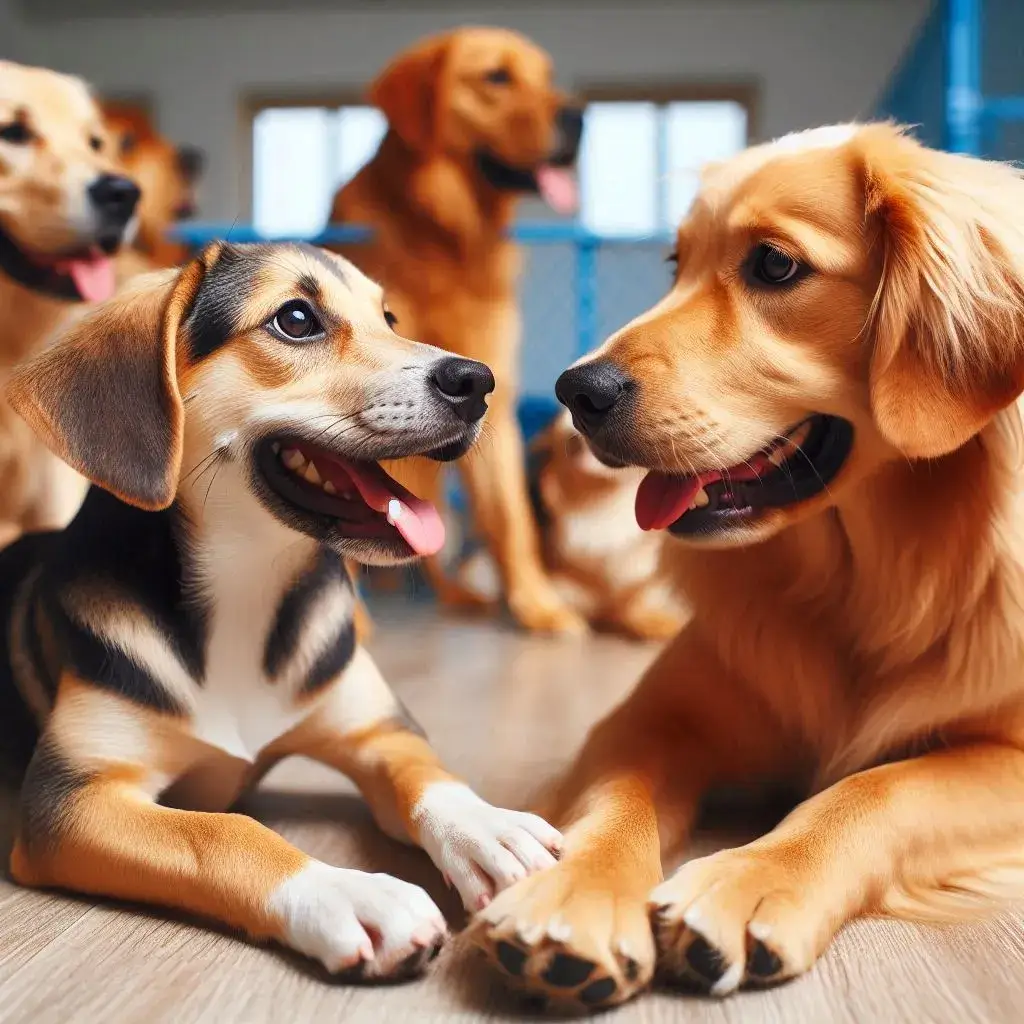
One of the most significant benefits of group training is the opportunity for socialization.
Social Skills with Other Dogs
Dogs learn to interact with each other in a controlled environment, which is crucial for their social development. They become accustomed to being around other dogs, reducing anxiety and aggression.
Interaction with Different People
Group classes expose dogs to various people, helping them become more comfortable with strangers. This can be particularly beneficial for dogs that are shy or fearful.
Cost-Effective Training
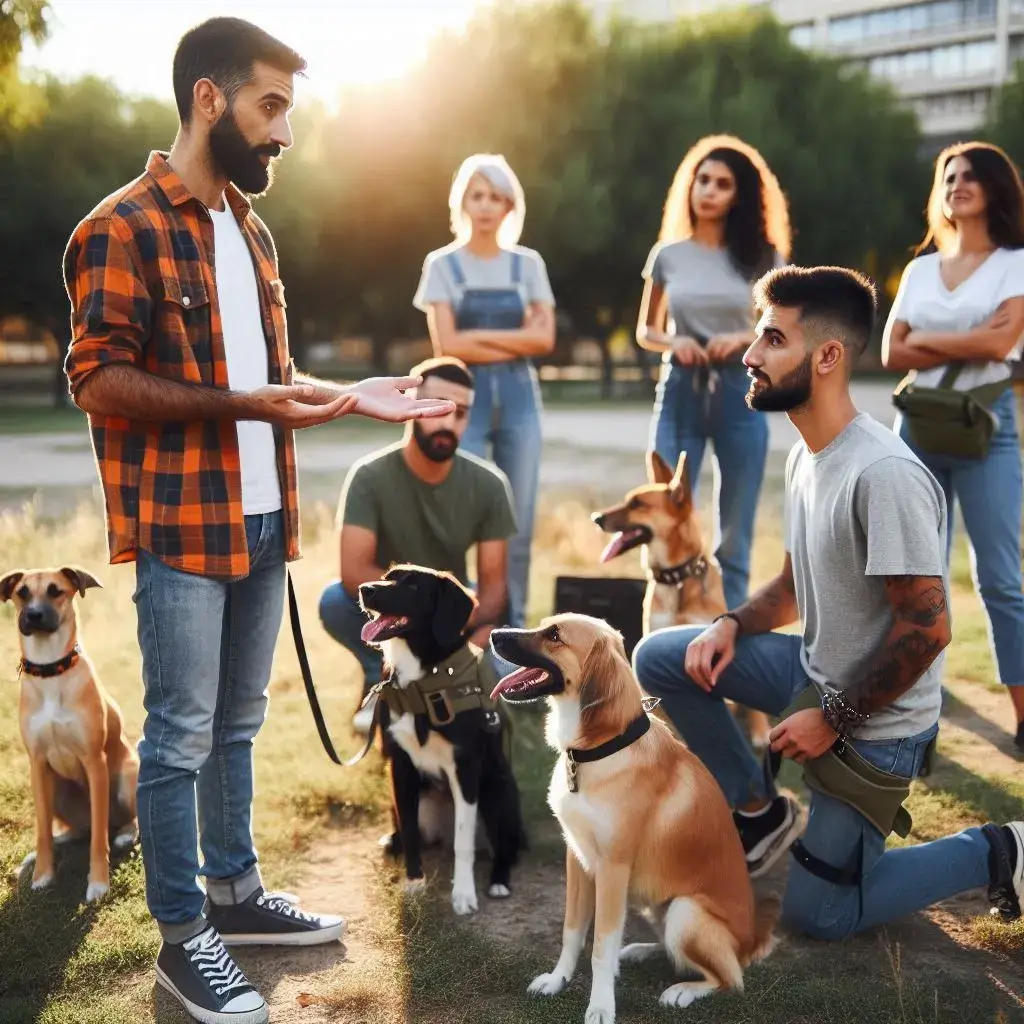
Group classes are often more affordable than private sessions.
Lower Costs Compared to Private Sessions
The shared nature of group training means costs are split among participants, making it a budget-friendly option.
Value for Money
Despite the lower cost, group classes offer comprehensive training programs that cover a wide range of commands and behaviors, providing excellent value for money.
Professional Guidance and Expertise
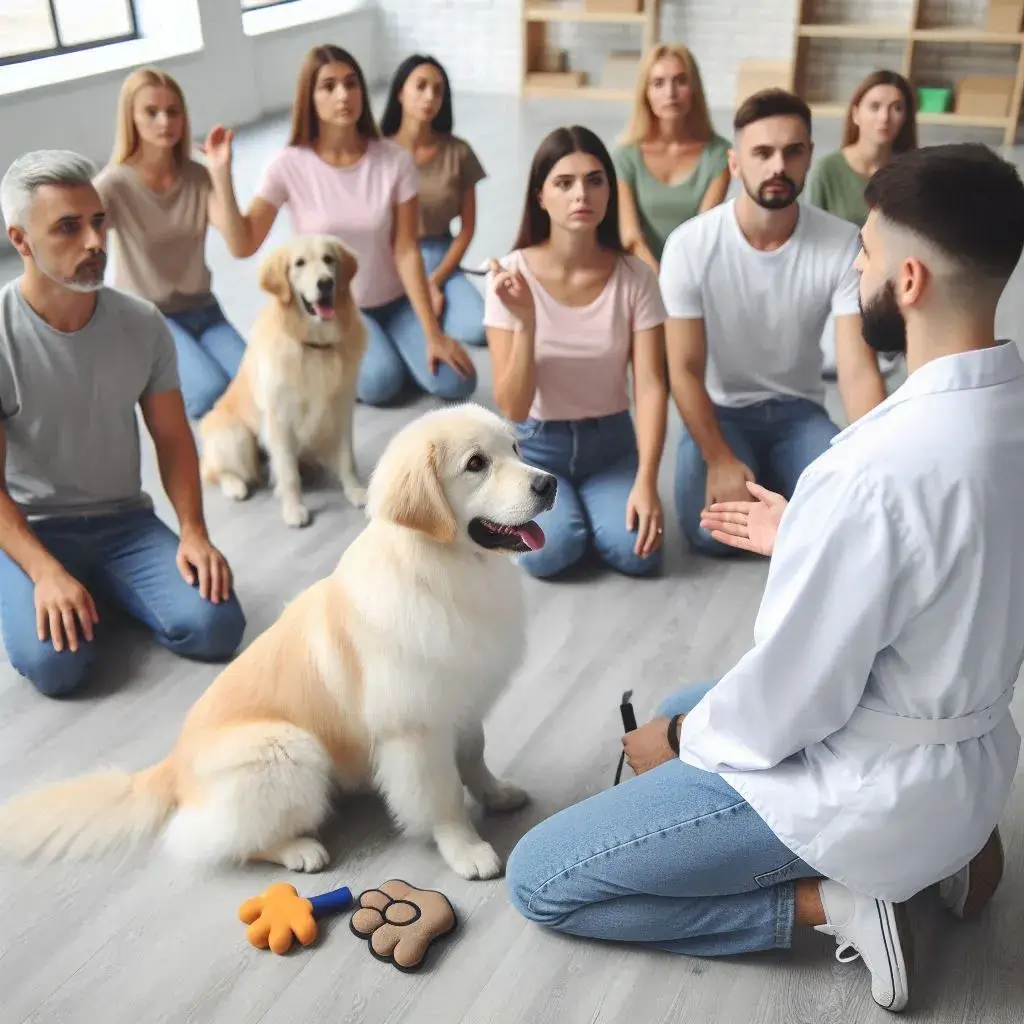
Group classes are typically led by professional trainers with extensive experience.
Access to Certified Trainers
Certified trainers bring a wealth of knowledge and skills, ensuring your dog receives high-quality training.
Learning from Experts
Trainers can address specific behavioral issues and provide tailored advice, ensuring each dog’s needs are met.
The Training Process in Group Classes
Understanding how group dog training classes work can help you appreciate their benefits even more.
Structured Training Sessions
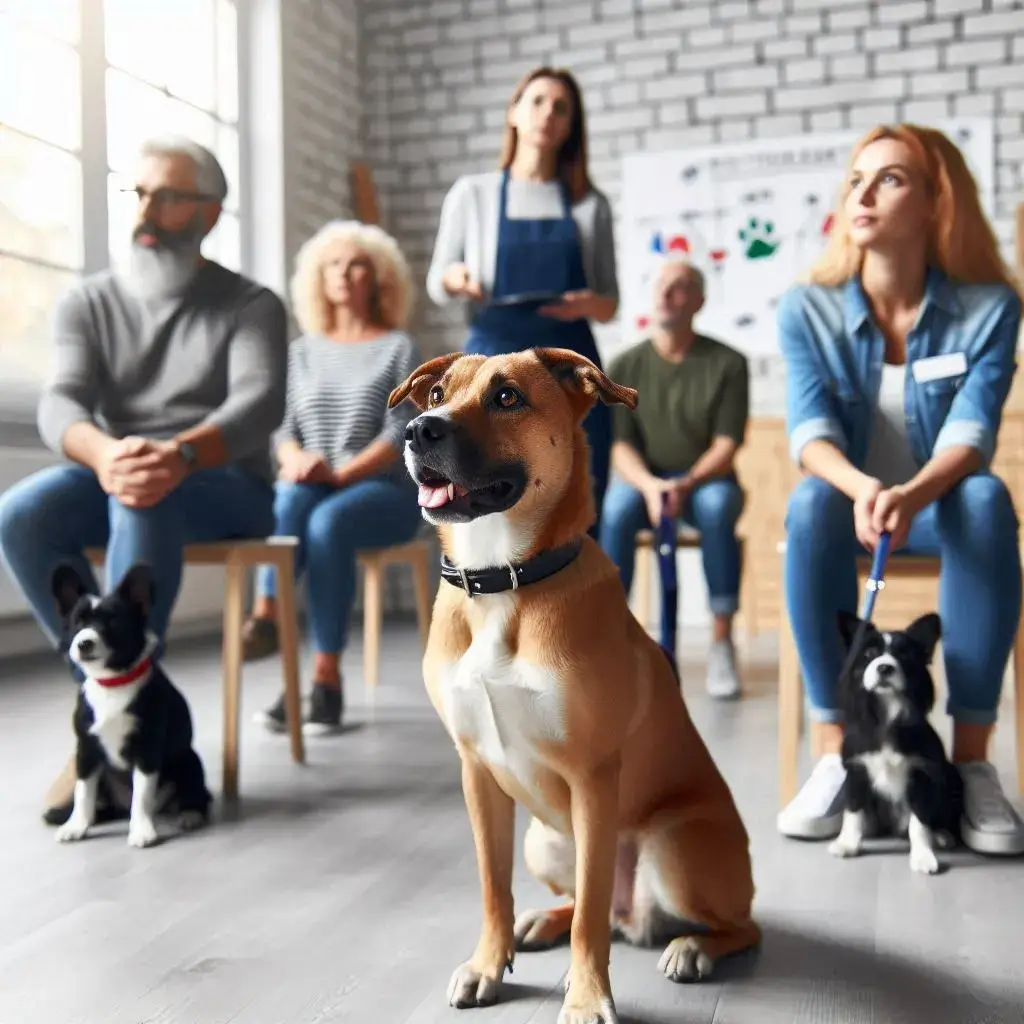
Group classes follow a structured curriculum that progressively builds on skills.
Progressive Skill Building
Each session builds on the previous one, ensuring dogs and owners can master basic commands before moving on to more complex behaviors.
Consistent Routine
The regular schedule of group classes helps dogs learn consistency, which is crucial for effective training.
Real-Life Distractions

Training in a group setting introduces real-life distractions that help dogs learn to focus and obey commands despite environmental stimuli.
Controlled Distraction Management
Dogs learn to listen to their owners and follow commands even when surrounded by other dogs and people.
Improved Focus and Obedience
Training in a dynamic environment improves a dog’s ability to focus and enhances overall obedience.
Peer Support and Motivation
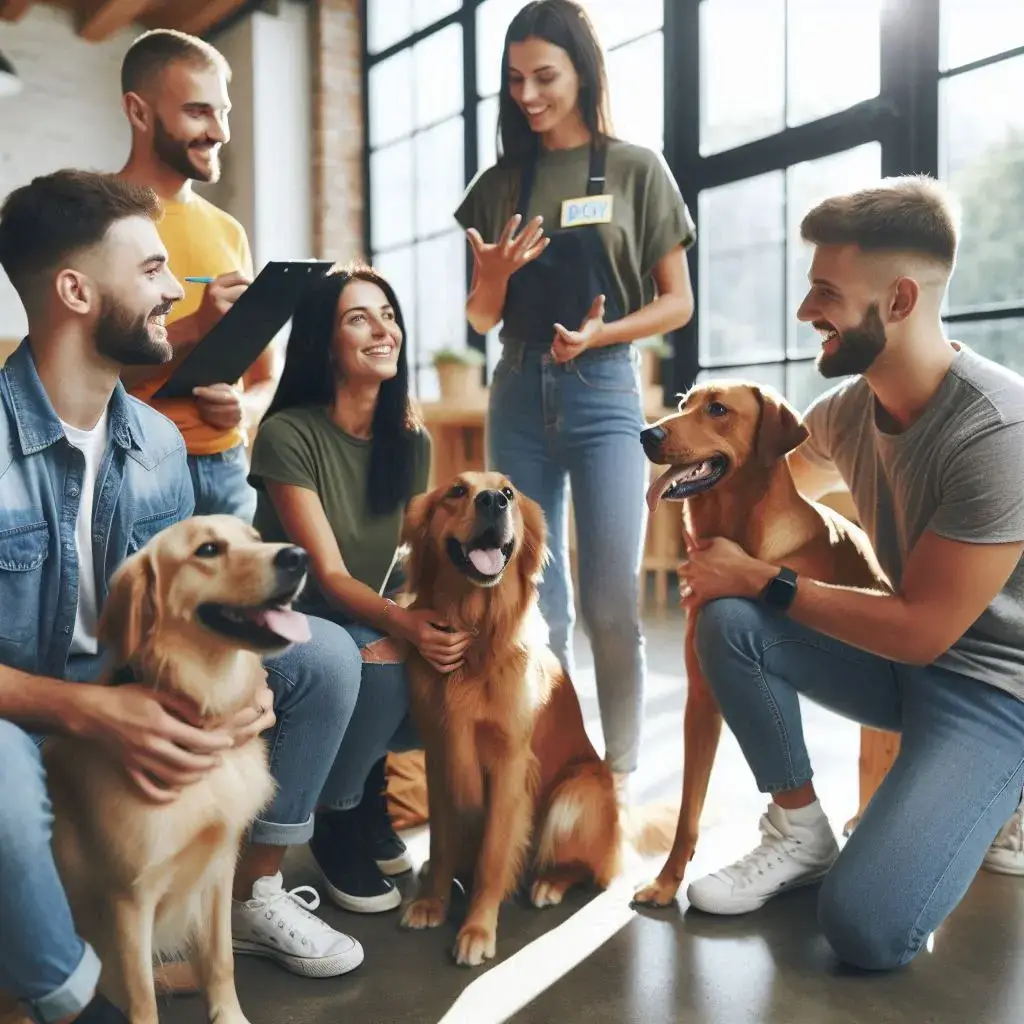
Being part of a group can be motivating for both dogs and their owners.
Encouragement from Fellow Dog Owners
Sharing the training experience with other dog owners provides a support network, making the process more enjoyable and less daunting.
Competitive Spirit
A healthy sense of competition can motivate both dogs and owners to work harder and achieve better results.
Addressing Common Behavioral Issues
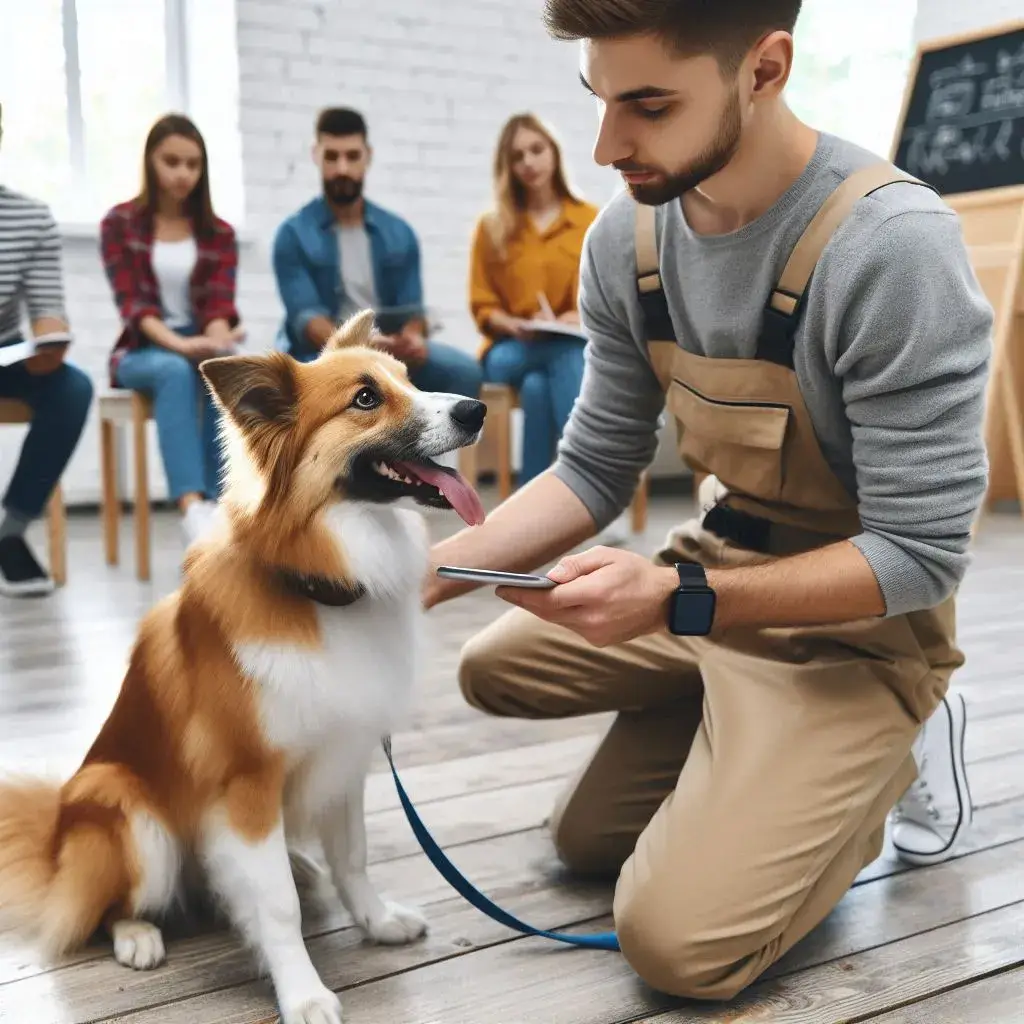
Group training classes are excellent for addressing and correcting common behavioral problems.
Reducing Aggression
Dogs with aggressive tendencies can benefit greatly from group training.
Controlled Socialization
Exposure to other dogs in a controlled setting helps reduce aggressive behavior over time.
Positive Reinforcement Techniques
Trainers use positive reinforcement to encourage good behavior and discourage aggression.
Managing Anxiety and Fear
Group classes can help anxious or fearful dogs become more confident.
Gradual Exposure Therapy
Gradual exposure to other dogs and new environments helps reduce anxiety.
Building Confidence
Positive interactions and successful training experiences boost a dog’s confidence.
Improving Obedience and Listening Skills
Obedience training is a fundamental component of group classes.
Basic Commands
Dogs learn essential commands like sit, stay, and come, which are the foundation of good behavior.
Advanced Training
As dogs progress, they can learn more advanced commands and behaviors, enhancing their overall obedience.
Strengthening the Bond Between Owner and Dog
Group training classes also strengthen the relationship between dogs and their owners.
Shared Learning Experience
Training together creates a shared experience that fosters a deeper bond.
Mutual Trust and Respect
Through consistent training, dogs learn to trust and respect their owners more.
Enhanced Communication
Training improves the communication between dogs and their owners, leading to a better understanding of each other’s needs and cues.
Positive Reinforcement
Group classes emphasize positive reinforcement, which strengthens the bond by rewarding good behavior.
Reward-Based Training
Using treats and praise to reward good behavior makes training a positive experience for dogs.
Building a Positive Relationship
Positive reinforcement fosters a loving and respectful relationship between dogs and their owners.
Frequently Asked Questions
How do I find a good group dog training class?
Look for classes led by certified trainers with positive reviews. Visiting a class beforehand can also help you decide.
Are group classes suitable for all dogs?
While group classes are beneficial for most dogs, very aggressive or fearful dogs might need private sessions first.
What should I bring to a group training class?
Bring a leash, treats, a water bowl, and any necessary paperwork. Some classes may have specific requirements.
How long do group dog training classes usually last?
Classes typically last about an hour and run for 6-8 weeks, depending on the program.
Can I continue training my dog at home?
Yes, reinforcing what your dog learns in class at home is essential for long-term success.
What if my dog doesn’t get along with other dogs?
Trainers can work with you to manage your dog’s behavior and help them become more comfortable around others.
Conclusion
Group dog training classes offer numerous benefits that can’t be replicated in private sessions or DIY training. From enhanced socialization and cost-effectiveness to professional guidance and the ability to address common behavioral issues, these classes provide a comprehensive training solution for dog owners. Moreover, the experience strengthens the bond between you and your dog, leading to a happier, healthier relationship. If you’re considering training options for your dog, group classes are a valuable choice that offers long-lasting benefits for both you and your canine companion.
